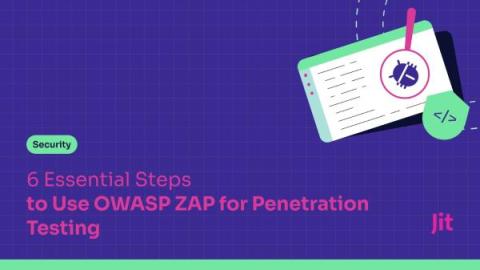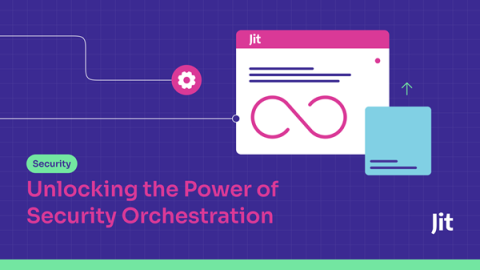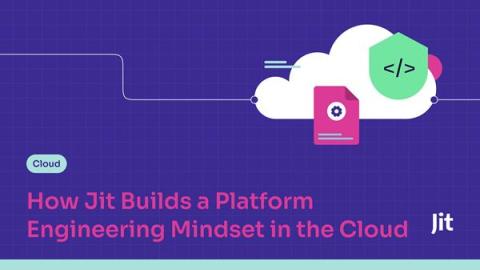The Essential Components of a DevSecOps Pipeline
DevSecOps pipelines arose in response to DevOps and CI/CD, which made it possible for developers to iteratively and continuously deliver small code changes, rather than massive deployments periodically. In theory, by integrating security into DevOps processes that enable continuous integration and delivery, developers could find and resolve security issues early in the software development lifecycle (SDLC), which is much faster than fixing security issues in production.











